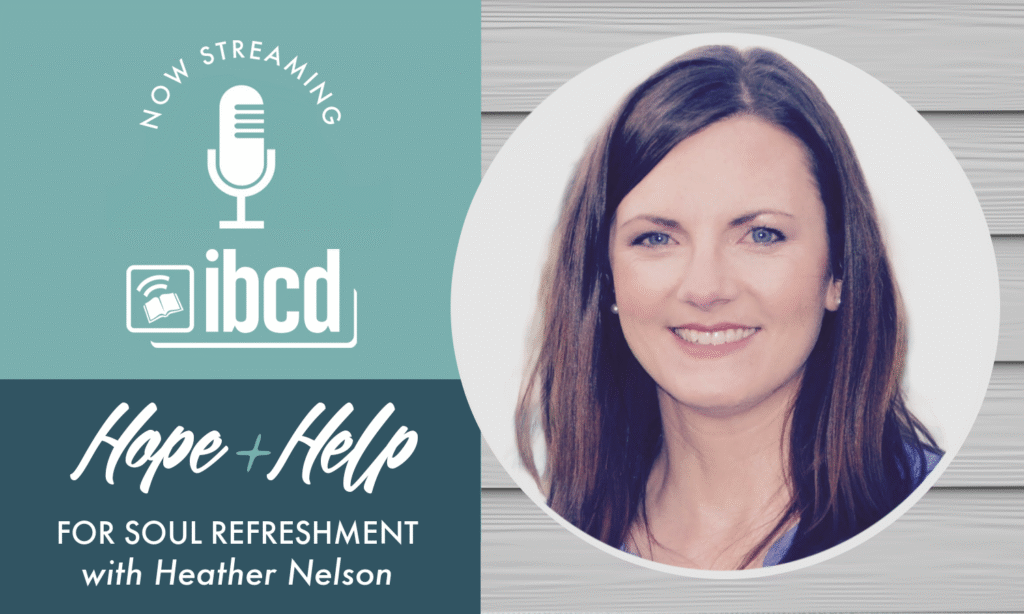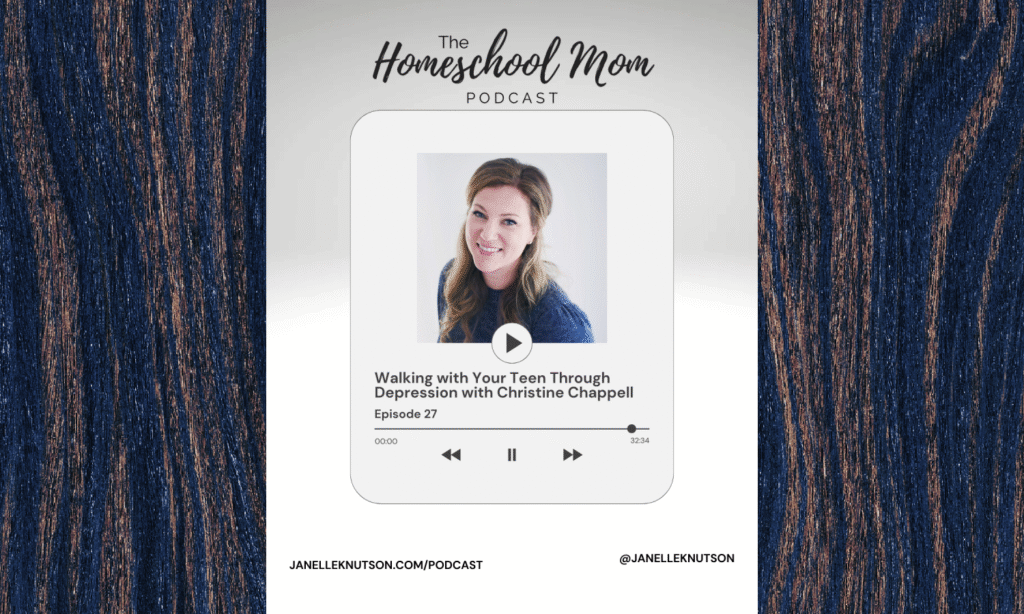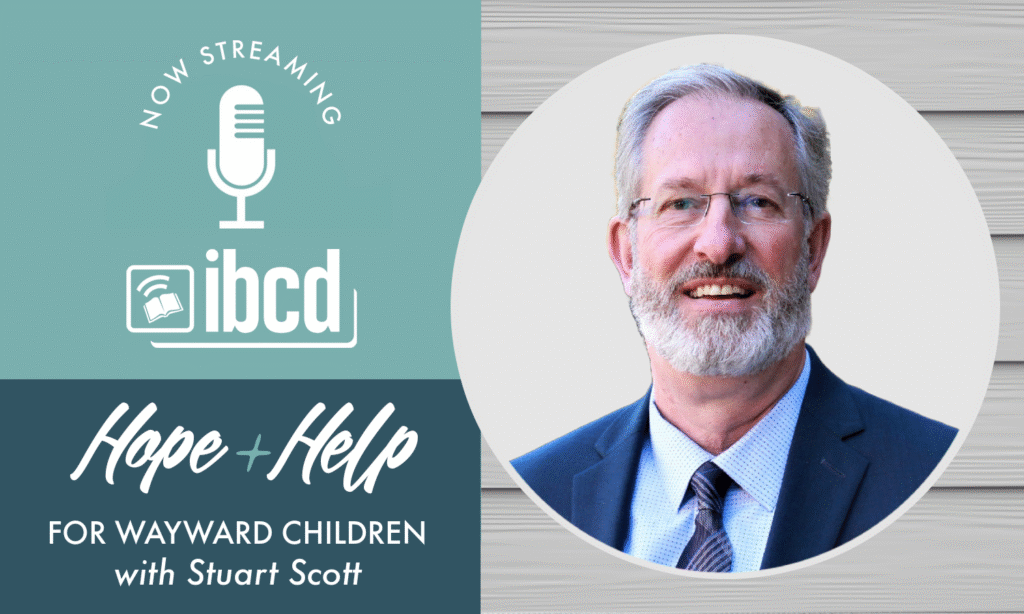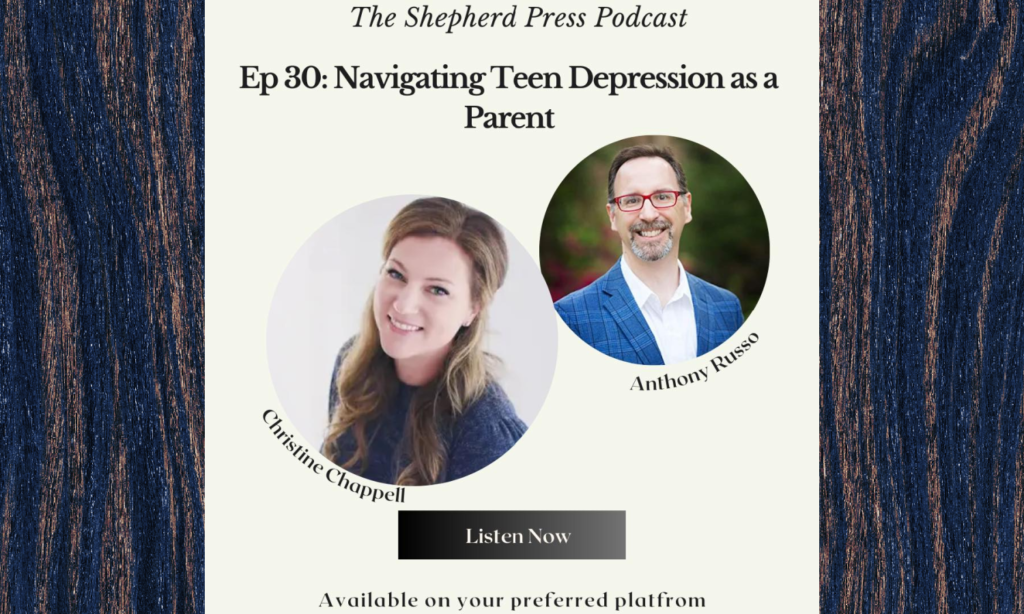When I penned the phrase, “a dashboard lighter primed for a brand” back in 2017 for Desiring God, I wasn’t imagining a creative way to illustrate self-harm urges for the sake of being dramatic. I was drawing upon personal experience–on an incident that really happened, a scar that really exists almost twenty years later.
While this sort of self-inflicted violence is taboo for many people, its skyrocketing allure, particularly among young people, should not be swept under the rug of Christian community. All around the country there are brothers and sisters in Christ who find themselves enslaved to the dirges that self-injury rituals strum. Spend any amount of time talking to someone who struggles in this way, and you’ll discover just how difficult it can be to lay the weapon down.
I would like to offer this article as a resource for those who are caring for someone who self-harms. This may mean a child who has taken up the behavior, or perhaps a spouse who dabbles in it from time to time when circumstances spin out of control. Whoever you may be ministering to–friend or family–I’d like to offer a high-level overview to shed some light on an increasingly prevalent mental health topic.
While this sort of self-inflicted violence is taboo for many people, its skyrocketing allure, particularly among young people, should not be swept under the rug of Christian community. All around the country there are brothers and sisters in Christ who find themselves enslaved to the dirges that self-injury rituals strum. Spend any amount of time talking to someone who struggles in this way, and you’ll discover just how difficult it can be to lay the weapon down.
I would like to offer this article as a resource for those who are caring for someone who self-harms. This may mean a child who has taken up the behavior, or perhaps a spouse who dabbles in it from time to time when circumstances spin out of control. Whoever you may be ministering to–friend or family–I’d like to offer a high-level overview to shed some light on an increasingly prevalent mental health topic.










